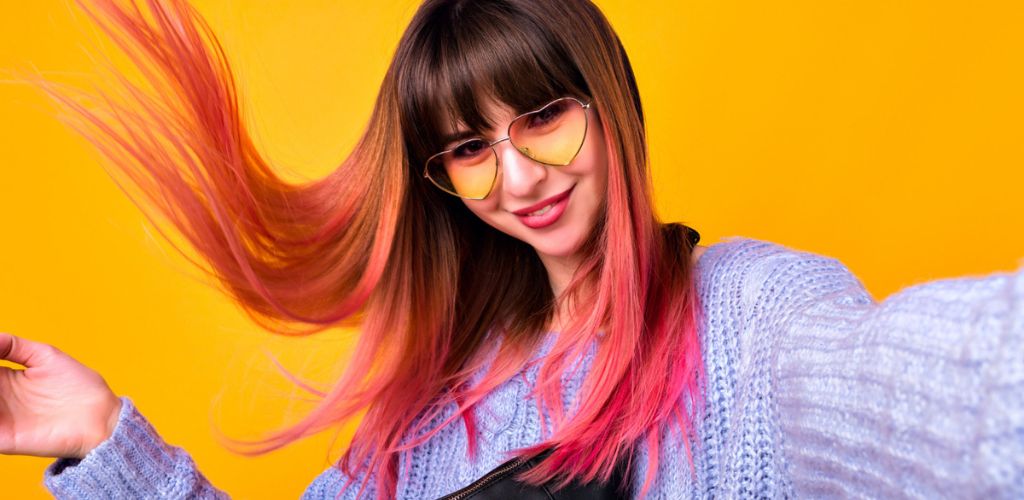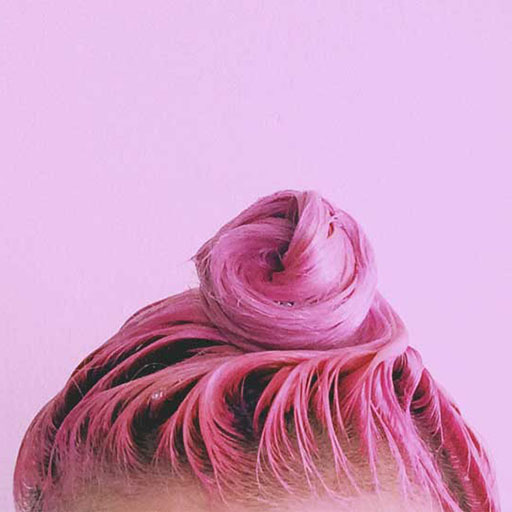Possible Side Effects of Hair Dyeing You Should Know

How Hair Dye Will Damage Your Hair?
Nature is always beautiful alone, the way we are created is the only best way that is being used by the creator. We all have different features, colors, hair, etc. Some of us are completely satisfied with the way we look, and some of us are unsatisfied. An individual with black hair may assume himself with a golden hair color and thinks that it would suit them more. Whereas an individual with golden hair color is craving for black hair. However, we should always keep in mind that there are also some possible side effects of hair dyeing.
Artificial colors make it easy for people to go for any color of their choice. It has been possible because of the hair dying and color availability. The process of hair coloring known as hair dying is one of the most famous stylings among people these days. However, this is an unnatural way and is a cause of hair issues and hair problems.
Does Dying Damage Your Hair?
Dye color change the texture of the strand of the hair, to make it able to absorb color and take hold. Ammonia lifts the cuticle and breaks down natural hair pigment. It has a peroxide dying agent which causes hair to feel dry and brittle. After every hair color session, the hair dye will make the hair dry and leave it weaker and prone to damage. The more the hair is dye damaged the less it holds the color, that’s why it is important to keep your hair repaired after dying to avoid side effects of hair dyeing.
Types of Hair Dye:
The most common type of hair dye available in the market are as follows
Permanent Hair dye
It needs to be freshened up after every 12 weeks. Permanent hair dyes are rich in ammonia. These hair dyes are not safe to use and has a lot of side effects of hair dyeing in the long run. Moreover, permanent hair dyes penetrate through the hair shaft and disturb the Ph level.
Semi-Permanent hair dye
Semi-permanent hair dyes are less damaging than permanent ones. This is because it covers the hair shaft cuticle by penetrating the cortex.
Temporary Hair dye
Temporary hair dyes will last you for a few days. These dyes are great if you want a quick change. However, temporary hair dyes won’t cover grey roots as good as permanent hair dyes do.
Bleach
When it comes to lightening your hair the worst you can do to your hair is to go for bleach. Bleach is used to remove pigment from your hair and will make your hair extremely damaged and brittle in long run. The damage done from bleach is hard to recover from, all you can do is just chop off your fried/damaged hair.
Ammonia-Free Hair Dye
This includes hydrogen peroxide, para dye, and resorcinol and does not contain ammonia. They are also known as Demi-permanent hair dyes. Ammonia-free hair dyes are less damaging than others. This is because it has a low % of harmful chemicals and is great to change your hair colors without causing any damage to it.
Side Effects of Hair Dyeing:
Hair dying is just chemistry, it is just about the reactions taking place between the pigments in your hair, pigments in dye, peroxide, and ammonia. The most common experience of chemicals we all know is that their reaction causes harm. Some possible side effects of hair dyeing are listed below:
Overprocessing
Permanent hair color contains ammonia and peroxide. Chemicals always heat the roots to make their color of dye last longer, Therefore, it is required not to over-treat your hair. A good hair care routine can help in reviving hair, however, extensive damage can work by chopping the hair.
Allergic Reactions
People with skin conditions like eczema and psoriasis should also refrain from dying hair. In a case like itching, scratches, redness, and swelling dying can hurt your scalp therefore you should avoid dying your hair if you have any of the above-mentioned symptoms.
Fertility Issues
Some studies suggest that using extensive chemicals can cause the absorption of a minimal amount of chemicals which can be troubling. Therefore, if you planning to conceive then please avoid using hair dye and products.
Excessive Dryness
Dying can cause excessive dryness and cause hair to die and fall off the scalp. Dying can look good for a little time but it will damage your hair for a lifetime. Dying damage the scalp and roots and makes them dry.
Hair Loss
Using chemical which is not suitable for your skin time leads to severe hair loss. The intensity of hair loss varies from person to person, hair loss has no end once it begins it will keep on falling your entire life.
Itchy Scalp
While coloring hair, keep in mind that your scalp is also prone to damage from the chemical. The chemical can stay in roots and cause germs which can damage the scalp. Dry flakes and chemicals can cause an itchy scalp and can make it worse.
Permanently Enlarged Pores
Enlarged pores can be present in the skin and are most likely to store the chemical in the roots. The extensive usage of chemicals stays inside the large and can cause irritation and skin damage. It can result in scars and rashes which might cause severe disturbance in the skin.
Skin Allergy
Dying can not only cause damage to the hair but also can damage the neck and face. These can go from severe to worse, skin allergies can be a reaction of chemical dye and sensitive skin are prone to damage more often.
Discoloration of Hair
Once you go to the chemical-based hair treatment, it becomes almost impossible to return to the natural texture of the hair and make it look strong. As hair losses its volume and strength.
What Can we do to Prevent the Side Effects of Hair Dying?
There are several methods you can try to treat your symptoms at home.
1) If you are having irritation after hair dye then try to rinse the head with warm water with a mild shampoo.
2) Apply a solution of potassium permanganate to the affected area. This can prevent chemical damage.
3) Treat contact dermatitis symptoms, such as skin rash or itching, with an over-the-counter, topical corticosteroid skin cream. These can be used on the face, neck, and other parts of the body, but should not be used near or in the eyes or mouth.
4) Use shampoos containing topical corticosteroids, including Clobex, on your scalp.
5) Apply hydrogen peroxide, it is antiseptic and helps in reducing itching and infection.
6) Take an oral antihistamine, such as Benadryl, to help reduce skin inflammation and itching.
Even if these measures do not work with irritation and rashes contact your skin doctor immediately for the cure, also do not try anything at home.
Dying hair is fun but obviously has its pros and cons. therefore when choosing to dye your hair are sure that does not include any chemical which is not skin friendly and can harm your skin in any way.


